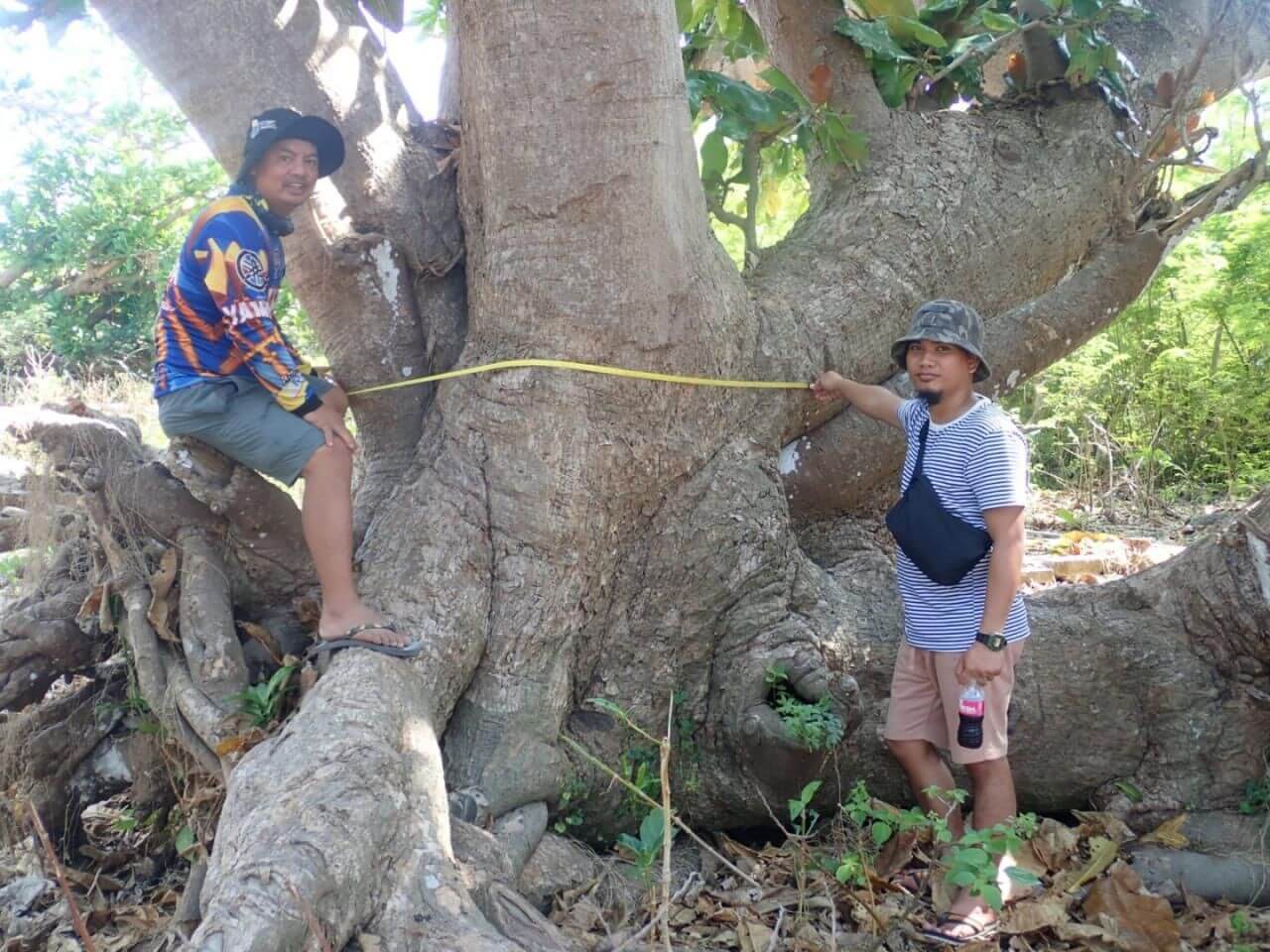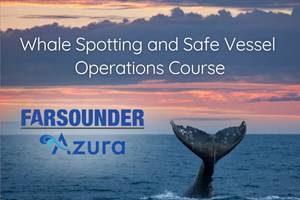Report on Abandoned, Lost, or Discarded Fishing Gear (ALDFG) in Sri Lankan Waters and its Impact on Sustainable Development Goals
1.0 Introduction: A Threat to SDG 14 (Life Below Water)
The proliferation of abandoned, lost, or discarded fishing gear, commonly known as “ghost nets,” in Sri Lankan waters presents a significant challenge to the achievement of Sustainable Development Goal 14, which aims to conserve and sustainably use the oceans, seas, and marine resources. This gear continues to indiscriminately trap marine life, undermining efforts to protect marine biodiversity and maintain healthy ocean ecosystems. Thushan Kapurusinghe of the Turtle Conservation Project of Sri Lanka identifies this issue as a specific and severe problem for marine turtles, directly contravening the targets of SDG 14.
2.0 Impact on Marine Biodiversity
Ghost nets function as “floating cemeteries,” creating a destructive cycle that severely impacts marine populations. The entanglement of marine animals in this debris is a direct threat to the conservation targets outlined in SDG 14.
- Primary Victims: Sea turtles are frequently entangled, with one conservation center in Kosgoda reporting at least 30 such incidents annually along its coastline.
- Secondary Entanglement: Smaller fish caught in the nets attract larger predators, leading to a chain reaction of entanglement that affects a wider range of species.
- Affected Species Include:
- Sea Turtles
- Fish
- Dolphins
- Seabirds
3.0 Scale of the Issue: A Challenge to National and Regional Sustainability
The ghost net problem is both a national and transboundary issue, complicating efforts under SDG 14 and requiring international cooperation as envisioned in SDG 17 (Partnerships for the Goals). Research indicates that gear lost in one nation’s waters can drift into another’s, highlighting the interconnectedness of marine pollution.
3.1 Regional Data
A 2019 study in the Maldives documented the regional scope of the problem, finding that 752 ghost nets had entangled 131 turtles. The study estimated these same nets could have impacted between 3,400 and 12,200 turtles across the wider Indian Ocean before their detection.
3.2 National Contribution
Sri Lanka is a significant contributor to marine plastic pollution from fishing gear, which conflicts with national responsibilities under global sustainability frameworks.
- A 2023 pilot study surveying just 325 of Sri Lanka’s 50,000+ registered fishing vessels estimated a loss of nearly 22,600 kilograms of plastic fishing gear.
- A survey of 22 national beaches revealed that fishing gear constitutes 20% of all marine debris found ashore.
4.0 Root Causes and Connection to SDG 11 and SDG 12
The persistence of ghost nets is linked to systemic failures in waste management and production patterns, directly relating to SDG 12 (Responsible Consumption and Production) and SDG 11 (Sustainable Cities and Communities).
Interviews with fishing communities, conducted by researchers like Gayathri Lokuge of the Centre for Poverty Analysis (CEPA), have identified several key causes for gear loss and abandonment:
- Operational Factors: Poor weather and adverse ocean conditions are the leading causes of gear loss at sea.
- Infrastructural Deficiencies: Inadequate port waste management facilities contribute to the improper disposal of old or damaged gear. This aligns with the targets of SDG 11.6 to reduce the adverse environmental impact of cities, including waste management.
- Lack of Circular Economy: Limited recycling infrastructure for fishing gear fails to promote sustainable production and consumption patterns as outlined in SDG 12.
Addressing the ghost net crisis requires a multi-faceted approach that integrates improved fishing practices with robust waste management infrastructure, aligning national actions with the comprehensive vision of the Sustainable Development Goals.
Analysis of Sustainable Development Goals in the Article
1. Which SDGs are addressed or connected to the issues highlighted in the article?
-
SDG 14: Life Below Water
- The article’s primary focus is on the detrimental impact of “ghost nets” (abandoned, lost, or discarded fishing gear) on marine ecosystems in Sri Lankan waters. It explicitly mentions the entanglement and death of sea turtles, fish, dolphins, and seabirds, directly addressing the goal of conserving and sustainably using the oceans, seas, and marine resources. The description of ghost nets as “floating cemeteries” underscores the severe threat to marine biodiversity.
-
SDG 12: Responsible Consumption and Production
- The problem of ghost nets is presented as a waste management issue. The article points to factors like “Poor port waste management and limited recycling infrastructure” as contributors to the problem. The loss of nearly 22,600 kg of plastic fishing gear from a sample of vessels highlights a failure in sustainable production practices within the fishing industry, connecting directly to the goal of substantially reducing waste generation.
2. What specific targets under those SDGs can be identified based on the article’s content?
-
Target 14.1: By 2025, prevent and significantly reduce marine pollution of all kinds, in particular from land-based activities, including marine debris and nutrient pollution.
- The article is centered on ghost nets, a specific and harmful type of marine debris. It quantifies this pollution by noting that a survey of 22 beaches found that “fishing gear made up 20% of marine debris,” directly relating to the reduction of marine debris.
-
Target 14.2: By 2020, sustainably manage and protect marine and coastal ecosystems to avoid significant adverse impacts…
- The article details the “significant adverse impacts” of ghost nets on marine life. The statement that one conservation center finds “at least 30 turtles entangled in ghost nets” each year, and the broader impact on fish, dolphins, and seabirds, demonstrates the damage to marine ecosystems that this target aims to prevent.
-
Target 12.5: By 2030, substantially reduce waste generation through prevention, reduction, recycling and reuse.
- The article identifies the source of the problem as lost or discarded fishing gear, which is a form of waste generation. It highlights that “Poor port waste management and limited recycling infrastructure add to the problem,” linking the issue directly to the need for better waste management systems as outlined in this target.
3. Are there any indicators mentioned or implied in the article that can be used to measure progress towards the identified targets?
-
Indicators for Target 14.1 (Reduce Marine Pollution):
- Proportion of fishing gear in marine debris: The article states that a survey found “fishing gear made up 20% of marine debris” on Sri Lankan beaches. This percentage can be used as a baseline indicator to track the reduction of this specific type of pollution.
- Volume of lost fishing gear: The pilot study estimating that 325 vessels “lost nearly 22,600 kilograms (about 50,000 pounds) of plastic fishing gear” provides a quantifiable indicator of pollution that can be monitored over time.
-
Indicators for Target 14.2 (Protect Ecosystems):
- Number of entangled animals: The article provides specific numbers, such as a local center finding “at least 30 turtles entangled in ghost nets” annually. A 2019 study in the Maldives also documented “131 turtles” entangled. These figures serve as direct indicators of the adverse impact on marine species.
-
Indicators for Target 12.5 (Reduce Waste Generation):
- Status of waste management infrastructure: The article implies an indicator by identifying “Poor port waste management and limited recycling infrastructure” as a key problem. Progress could be measured by assessing the development and effectiveness of these facilities.
4. Table of SDGs, Targets, and Indicators
| SDGs | Targets | Indicators Identified in the Article |
|---|---|---|
| SDG 14: Life Below Water | 14.1: Prevent and significantly reduce marine pollution of all kinds, including marine debris. |
|
| SDG 14: Life Below Water | 14.2: Sustainably manage and protect marine and coastal ecosystems to avoid significant adverse impacts. |
|
| SDG 12: Responsible Consumption and Production | 12.5: Substantially reduce waste generation through prevention, reduction, recycling and reuse. |
|
Source: news.mongabay.com






